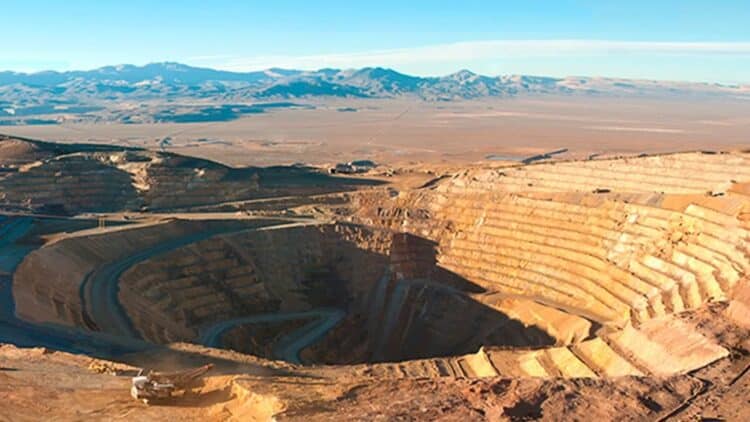Mining never really slips out of the spotlight. But for every promise of prosperity, there’s a shadow: polluted rivers, broken communities, and the nagging question — can this ever be called “sustainable”? Nowhere is that contradiction sharper than in developing nations. Growth is dangled like a carrot, but the price tag is often unbearable: fragile ecosystems damaged, cultural roots torn apart, people left wondering if the wealth was worth it.
Mining’s double edge: prosperity above, hidden costs below
Specialists keep repeating a hard truth: “Mining in developing countries is not an option for sustainable development.” And yet, one mine seems to push back against that statement. Mining has always been a gamble. For governments, it means cash flow. For locals, it means jobs. But for nature? Usually, it’s devastation. The hidden costs aren’t really hidden once you look:
- Contaminated rivers and ecosystems stripped bare.
- Families forced to abandon land and tradition.
- Economies chained to a single shiny resource — the classic “paradox of abundance.”
Sure, the short-term numbers look great in glossy reports. But scars don’t fade quickly. That’s why most conversations about mining in the Global South tilt pessimistically. Still, every rule has its exception. Buried under Congolese soil are 7.2 million tons of reserves, and they tell a different story.
Kibali: the gold mine rewriting Africa’s mining story
The name of this exceptional mine is Kibali. It’s located in the northeast of the Democratic Republic of the Congo. What makes it so special is precisely the fact that it’s managing to break some of the most common stigmas surrounding mining in poor countries. Let’s look at the points that make this mine stand out and attract so much attention:
- Monumental scale: 4.6 million ounces of proven and probable reserves, plus measured resources totaling over 7 million ounces. It is the largest gold mine in Africa.
- Clean energy: 81% of the energy comes from hydroelectric power. Soon, this figure will rise to 85% with a 16 MW solar plant and battery systems. Half the year, all electricity demand is 100% renewable.
- Direct economic impact: US$4.7 billion has already been invested in the country in taxes, royalties, and local suppliers. With Congolese companies alone, the mine generated US$2.87 billion.
The relocation of the local community led to the creation of the Kokiza model city, boasting health and education infrastructure, and even the region’s largest Catholic parish (1,500 seats). An additional program, the Cahier des Charges, has already allocated nearly US$9 million over five years to local initiatives. Speaking of the environment, the mine funds the preservation of white rhinos in Garamba National Park—16 have already been relocated, and 64 more are expected to arrive (quite unlike this black energy mine in America).
Kibali’s dilemma: Shining example or fleeting illusion?
Speaking of the positives, which point to the mine as a model, they talk about it being proof that mining can be integrated with renewable energy sources. It also shows that large-scale projects can deliver tangible benefits to communities. Finally, it offers benchmarks in automation and responsible management for other African countries. But experts warn that there are risks:
- Economic dependence, which remains real.
- Replicating this pattern requires resources, governance, and commitments that many companies lack.
- Gold is finite, meaning that when reserves run out, what will be left for the region?
What we’re trying to say is that Kibali shines as an example, but it doesn’t solve the larger equation: how to reconcile mining and sustainability in countries lacking political and institutional stability? Perhaps we’re on the cusp of a new paradigm for global mining, just as we were when we discovered what was inside this mine that shook up global power.
Disclaimer: Our coverage of events affecting companies is purely informative and descriptive. Under no circumstances does it seek to promote an opinion or create a trend, nor can it be taken as investment advice or a recommendation of any kind.


